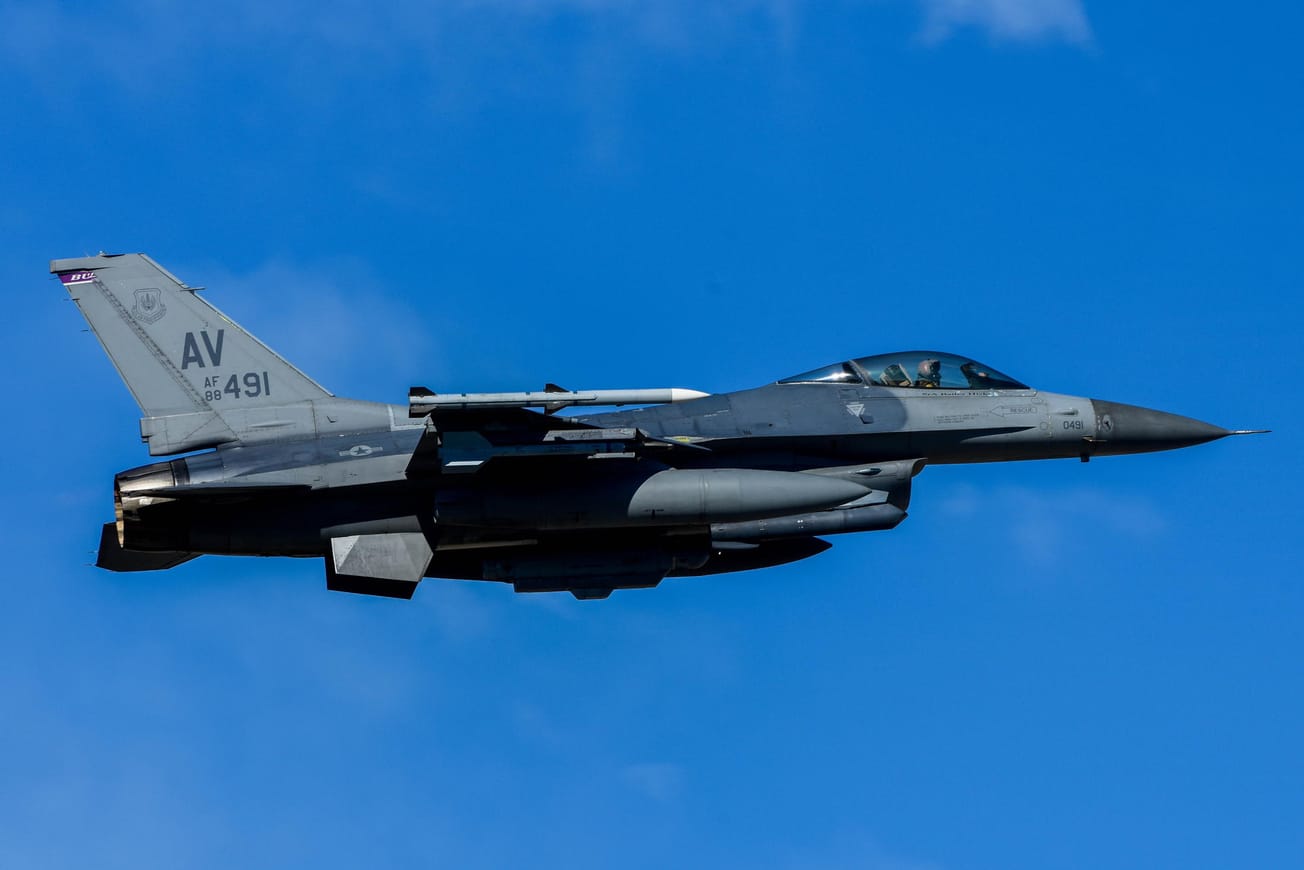March 7, 2024 (EIRNS)—Aside from the cost overruns now plaguing the Sentinel ICBM, there’s also a “plutonium pit ‘panic’” threatening the program as well. That’s the topic of a second article in a series that The Hill is running on the Sentinel program. The U.S. Air Force plans to arm the Sentinel missile with the W87-1 warhead, a design modified from that of the W87 which currently arms the Minuteman III missiles.
The plan is to produce new pits, that is, the plutonium spheres that make up the core of the nuclear explosive package of the W87-1, at the Los Alamos lab at the rate of 30 per year, with another 50 to be produced at the Savannah River facility in South Carolina. There are many problems with this plan, however, one of which is that the U.S. hasn’t produced any plutonium pits since 1992, which means that the workforce skills for such production have long atrophied and need to be recreated. Another problem is that the Savannah River facility is not likely to be ready until the mid-2030s, years after the first Sentinel missiles are supposed to go into service in 2030.
The ability of the National Nuclear Security Agency, which is in charge of the production, maintenance, and storage of warheads, to produce new plutonium pits has long been under scrutiny. The Government Accountability Office (GAO) in a 2020 report said history has “cast doubt on NNSA’s ability to produce the required number of plutonium weapon cores on schedule,” The Hill report notes. “We found NNSA’s plans for re-establishing pit production do not follow best practices and run the risk of cost increases and delays,” GAO said in an updated report last year. “The re-establishment of pit production capabilities is one of the most complex and potentially costly efforts presently operated by NNSA.”
There are also questions about safety and about the viability of old plutonium. Plutonium is known to change over time but the characteristics of that process are so little understood that the scientists can’t say with any certainty whether warheads made with plutonium that is 40- to 60-years-old will work at some point in the future or not.





